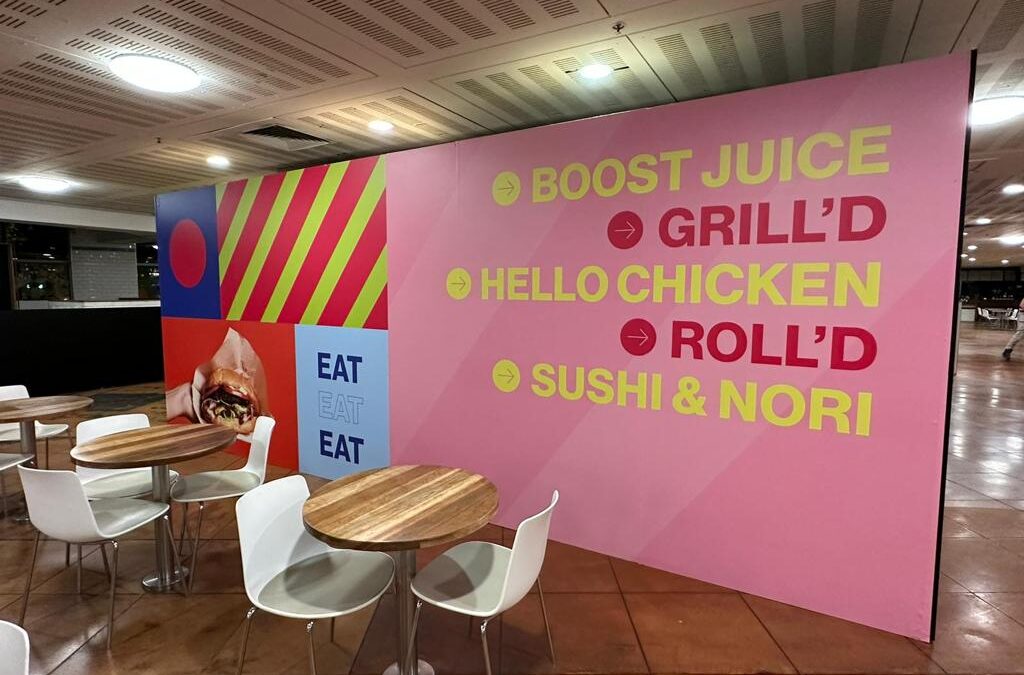While hoardings are a requirement in certain cases, such as during road work, they can also be an effective advertisement tool. Construction companies can use hoardings to brand themselves and promote products. In contrast, retail outlet owners can use them to announce the imminent opening of their new outlets.
While it may be true that hoardings and signage are legally required to keep the public away from work sites. They also present an opportunity to promote a specific business or service in a wide range of construction and business contexts.
What are hoarding graphics made of?
Hoardings are the panels that surround a construction site; they’re usually made of wood or metal, and they provide safety, security, and protection for the public and construction employees. There are hoardings put up by the public works section of most state governments. But hoardings can also be put up to protect private property from protesters fighting against further development in their neighbourhood. What is the best way to advertise? We all know that we are exposed to advertising everywhere we go. Still, one form of advertising that has been around for years is hoardings. Hoarding Decals has existed for over 100 years and is still a powerful form of advertisement and safety.
-
Aluminium Composite Panel
The most resilient and widely utilised hoarding material is the aluminium composite panel (ACP). It mainly consists of flat panels with a non-aluminium core sandwiched between two thin coil-coated sheets that provide a robust material for hoarding and other signage applications. ACP works well outside in the weather and is excellent for concealing an unsightly hoarding base.
-
Self Adhesive Vinyl
It works well when self-adhesive vinyl (SAV) is directly put on a hoarding made of high-quality materials like plywood or MDF. This technique is typically utilised for interior renovations and is frequently observed on hoarding at shopping malls and retail establishments. Because of the photo-grade graphics’ excellent resolution can be seen up close by oncoming foot traffic.
It can be floor-to-ceiling in graphics, segments, or parts across the hoarding foundation. This one is the most expensive and least replacement-friendly of the three, although the easiest to install.
-
Sail Track Banners
A printed vinyl banner is mounted with a sail track system to a hoarding using sail track technology. The simplicity of this method’s graphics interchangeability makes it ideal for projects where new graphics are needed quite frequently, especially for promotions.
This approach is a smart choice to consider when vandalism is a great danger because it is typically employed for external hoarding. It is simple and quick to replace. The convenience of quick installation and replacement makes it the most practical technique in terms of price.
Conclusion
In building construction, hoarding graphics is a temporary structure that provides security and/or safety. For example, hoardings can be put up at the construction site to protect from wind and rain or to prevent accidents – particularly when work is being done at height. While hoardings are primarily designed for construction sites, they can also be installed in other areas – even on busy streets – if necessary.


